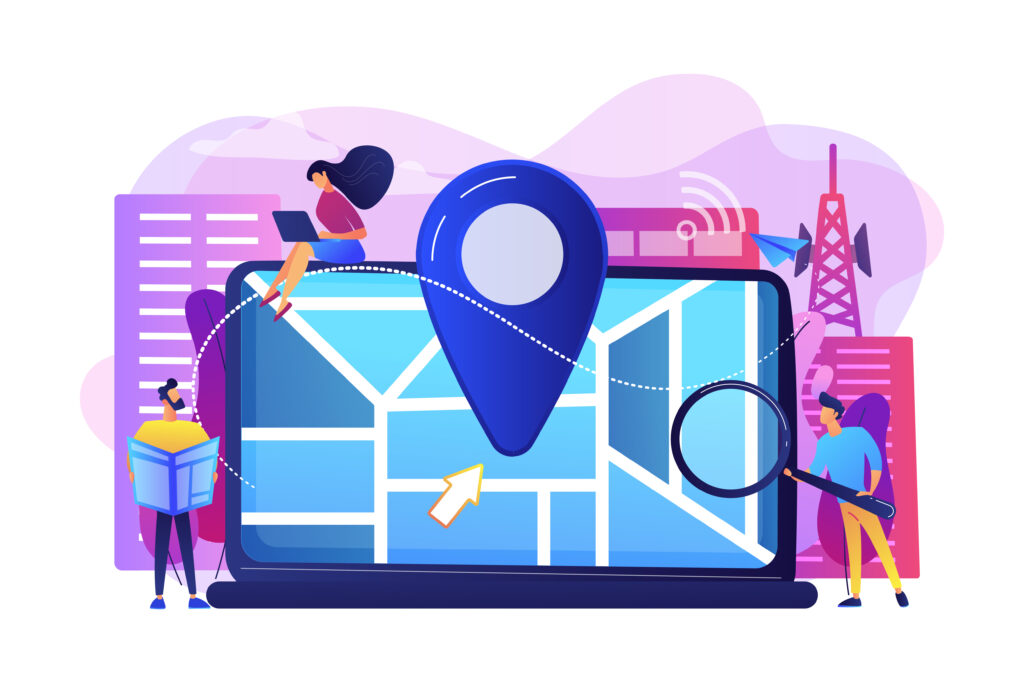Website Localization Strategies: Reaching Global Audiences through Multilingual Design

Expanding your web design agency’s reach to a global audience is a key factor in today’s interconnected world. To effectively connect with international customers, it’s essential to implement website localization strategies that cater to diverse languages and cultures. In this blog, we will explore the significance of website localization and provide seven actionable steps to create a multilingual design that resonates with global audiences. So, let’s dive in and discover how your web design agency can unlock the potential of website localization strategies!
- Understanding the Importance of Website Localization
To establish a strong online presence in international markets, your web design agency needs to comprehend the value of website localization. By adapting your website’s content, design, and functionality to local preferences, you can enhance user experience and build trust with your global visitors. Effective website localization strategies empower you to speak directly to your target audience, leading to increased engagement, conversions, and ultimately, business growth.
- Conducting Thorough Market Research
Before embarking on website localization, thorough market research is crucial. Analyze your target markets and identify key demographics, language preferences, and cultural nuances. This research will provide invaluable insights into tailoring your website’s design elements, content, and imagery to align with the expectations and preferences of your global audience.
- Keyword Integration and SEO Localization
To ensure your localized website is discoverable in search engines, keyword integration and SEO localization are paramount. Identify relevant keywords in your target languages and incorporate them naturally into your website’s content, meta tags, URLs, and headings. This strategic approach will improve your website’s search engine ranking, driving organic traffic from international markets.
- Adapting Design Elements for Multilingual Websites
When localizing your web design agency’s website, it’s crucial to adapt design elements to accommodate different languages. Consider factors such as text expansion or contraction, right-to-left language support, and appropriate font choices. By optimizing your design for multilingualism, you create a seamless user experience across all languages, making your website more accessible and engaging for a global audience.
- Localization of Content and Imagery
Tailoring your website’s content and imagery to resonate with different cultures is vital for successful website localization. Translating your content accurately and professionally while considering cultural nuances helps to create an emotional connection with international visitors. Similarly, incorporating culturally relevant imagery ensures your website appeals to diverse audiences, reinforcing your brand’s inclusivity and understanding.
- Implementing Language Switching and User-Friendly Navigation
Providing language switching options and user-friendly navigation is key to optimizing your multilingual website. Implement intuitive language selection features, enabling visitors to switch between languages effortlessly. Additionally, streamline navigation by organizing content logically and ensuring easy access to localized pages. Enhancing usability and accessibility will significantly improve the user experience for your global audience.
- Continuous Monitoring and Updates
Website localization is an ongoing process that requires continuous monitoring and updates. Regularly assess user feedback, website analytics, and market trends to refine your localization strategies. Stay attuned to evolving language preferences and cultural shifts, allowing your web design agency to stay ahead of the curve and maintain a competitive edge in the global marketplace.
What is the process of website localization?
The process of localizing a website involves various global business strategies that can be implemented. These strategies include:
- Content Localization:
Content localization refers to the translation of text on your website. This can be done in-house or by hiring freelance translators. It involves providing the same information in different languages through interlinking, such as articles and images with corresponding but distinct content in other languages.
- Design Localization:
In design localization, the focus is on translating visuals, images, logos, and even videos. This method is relatively easier to implement compared to other strategies.
- Technology Localization:
When using technology for website localization, the emphasis is on adapting the code, user interface, and elements to display every aspect of the site in different languages for diverse audiences.
- Business Localization:
Business localization is a crucial method that takes into account the practical aspects of website translation. It considers factors such as legislation, politics, culture, and other business practices. Implementing business localization involves seeking legal counsel, establishing contacts, and collaborating with local liaisons or representatives.
By employing these strategies, you can effectively localize your website and cater to the needs of international audiences. It’s important to consider each aspect of localization, from translating content and adapting design to addressing technological requirements and understanding the specific business context of target markets.
Conclusion:
Expanding your web design agency’s reach beyond borders is a rewarding endeavor that demands a strategic approach. By implementing effective website localization strategies, your agency can connect with global audiences, foster engagement, and drive business growth. Through thorough market research, keyword integration, adaptive design elements, localized content, user-friendly navigation, and continuous monitoring, your web design agency will be well-equipped to unlock the vast potential of website localization and cater to the needs of a global clientele. Embrace the power of website localization and embark on a journey to capture international markets today!

